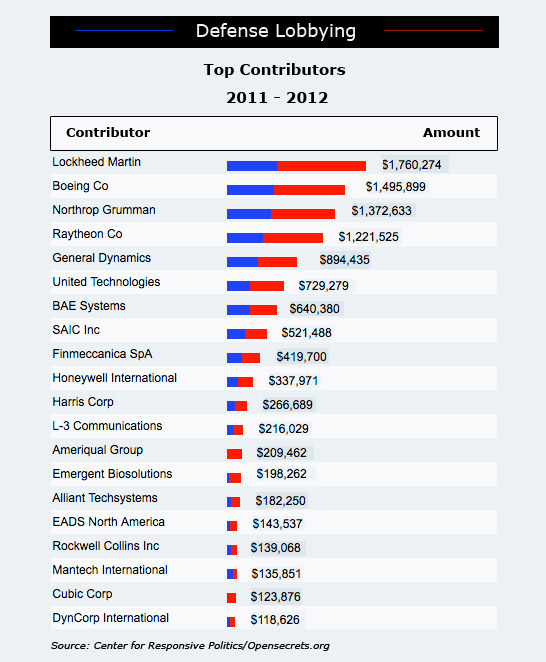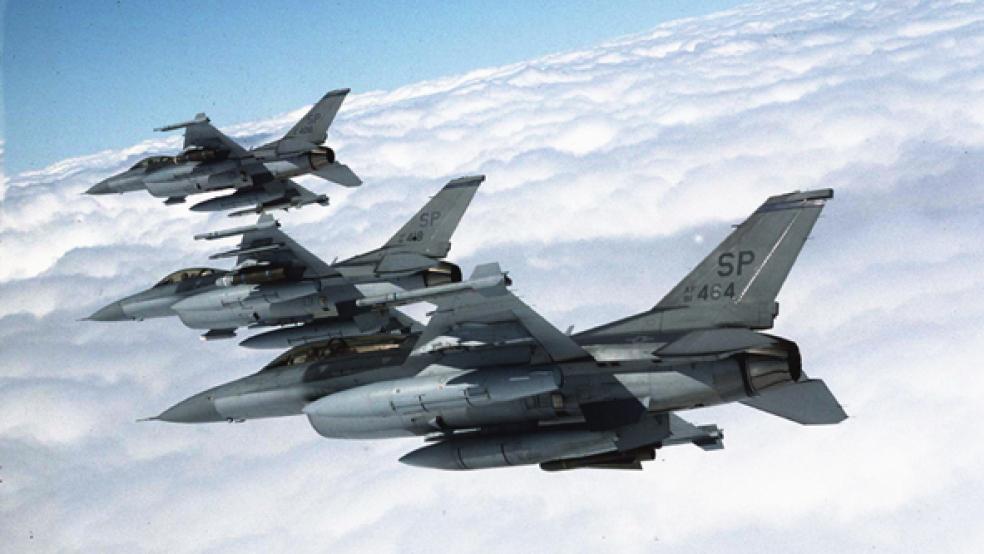The Republican-led House is planning this week to approve a Pentagon budget larded with budget-busting missile defense and nuclear weapons modernization programs that top military leaders say they don’t need and whose price tags are likely to explode in the coming decade.
The $642.5 billion defense authorization bill, which includes $88.5 billion for Afghanistan and other overseas operations, is at least $4 billion more than requested by President Obama in February and $8 billion more than the Budget Control Act (BCA) cap, even though public opinion supports larger cuts in defense spending. The BCA called for both domestic and defense spending cuts next year to help bring the nation’s long-term deficit under control.
The Snooki Defense
The plan, which was passed by a 56-5 vote in the House Armed Services committee, calls for deploying an anti-missile defense system along the East Coast of the U.S. by 2015. Though only $100 million is earmarked for the program next year, it will conservatively balloon into a $2 billion program within two years and, according to defense critics, will probably cost far more. “That’s low-balling by a factor of ten at least,” said John Isaacs, executive director of the Council for a Livable World, an advocacy group for nuclear arms control.
The legislation also contains a down payment on expanding the nuclear bomb-making plutonium complex in Los Alamos, New Mexico. Since the December 2010 strategic arms limitation treaty signed with Russia called for shrinking the number of bombs in each country’s arsenal, updating the facility was not included in the Pentagon’s draft budget. It could cost up to $6 billion by the time it is completed.
Gen. Martin Dempsey, chairman of the Joint Chiefs of Staff, rejected the need to expand the nation’s anti-missile capabilities at a Pentagon press briefing last week. The limited version already deployed on the west coast and Alaska has failed half its 15 tests, though $10 billion a year has been dumped into the program.
“In my military judgment, the program of record for ballistic missile defense for the homeland, as we’ve submitted it, is adequate and sufficient to the task,” Dempsey said. “I don’t see a need beyond what we’ve submitted in the last budget.”
Though the proposals are in line with the budget bill recently enacted by the full House, the measures are given no chance of passage in the Democratically-controlled Senate.
Star Wars
The missile defense program began in 1983 when President Ronald Reagan called for a “Star Wars” defense against incoming Russian or Chinese missiles. Given the reductions in nuclear tensions with those two countries, the only looming threat to the U.S. east coast is from a nuclear-armed Iran. However, Iran doesn’t have a nuclear weapon; it doesn’t have one that could fit on top of a ballistic missile; and it doesn’t have a missile that could reach the U.S.
Rep. Michael Turner (R-Ohio), who chairs the strategic subcommittee, is the architect of the campaign to expand and modernize the nuclear weapons manufacturing complex. He sponsored an amendment to the authorization bill that shifted control of the nuclear weapons replacement facilities in New Mexico and Tennessee from the Department of Energy to the Pentagon, and earmarked $160 million to begin reconstruction. It passed by a 38-24 vote in committee, with three Democrats joining a unified Republican vote in favor of the measure.
The Lobby Group
Committee chairman Howard “Buck” McKeon issued a press release last week celebrating legislation that he said “restor(ed) fiscal sanity to an (administration) defense budget that is inconsistent with the threats America faces.” His district in southern California includes branch plants of numerous defense contractors, including Boeing, Raytheon and Northrop Grumman, which are major contractors on the existing missile defense system on the west coast. Other companies that benefit from the program include Orbital Sciences, Bechtel and SAIC.

The Center for Responsive Politics, which tracks campaign financing, reports McKeon has received $386,550 in donations from defense contractors in this election cycle – more than any other member of Congress.
The Los Angeles Times reported last month that McKeon’s wife, Patricia McKeon, who is running for a state assembly seat in California, has also received major campaign contributions from defense contractors, including $1,000 from Boeing, $3,000 from Lockheed Martin, and





